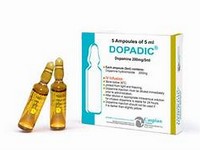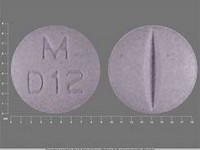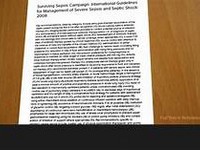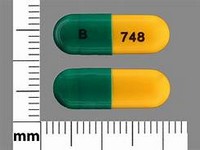Daunorubicin
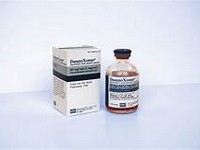
Daunorubicin
CLINICAL USE
Antineoplastic agent:Acute leukaemiasDOSE IN NORMAL RENAL FUNCTION
30–45 mg/m2, or as for local protocolPHARMACOKINETICS
DOSE IN RENAL IMPAIRMENT
GFR (mL/MIN)
DOSE IN PATIENTS UNDERGOING RENAL REPLACEMENT THERAPIES
IMPORTANT DRUG INTERACTIONS
Potentially hazardous interactions with other drugsNone knownADMINISTRATION
Reconstition
Reconstitute 20 mg vial with 4 mL water for injection giving a concentration of 5 mg/mL. Dilute calculated dose of daunorubicin further in sodium chloride 0.9% to give a final concentration of 1 mg/mLRoute
IVRate of Administration
1 mg/mL solution should be infused over 20 minutes into the tubing or a side arm of a rapidly flowingIV infusion
of sodium chloride 0.9%Comments
–OTHER INFORMATION
Potentially cardiotoxic Monitor blood uric acid and urea levels Rapidly taken up by the tissues, especially by the kidneys, liver, spleen and heart. Subsequent release of drug and metabolites is slow (T½ ~55 hrs). Rapidly metabolised in the liver, and the major metabolite daunorubicinol is also active. It is excreted slowly in the urine, mainly as metabolites with 25% excreted within 5 days. Biliary excretion accounts for 40–50% eliminationManufacturer’s literature suggests that in patients with a serum creatinine of 105–265 µmol/L the dose should be reduced to 75% of normal; if the creatinine is >265 µmol/L, the dose should be 50% of normalA liposomal formulation of daunorubicin is now available (DaunoXome ). Dilute to 0.2–1 mg/mL with glucose 5% and administer over 30–60 minutes
See how to identify renal failure stages according to GFR calculation
See how to diagnose irreversible renal disease
Home
